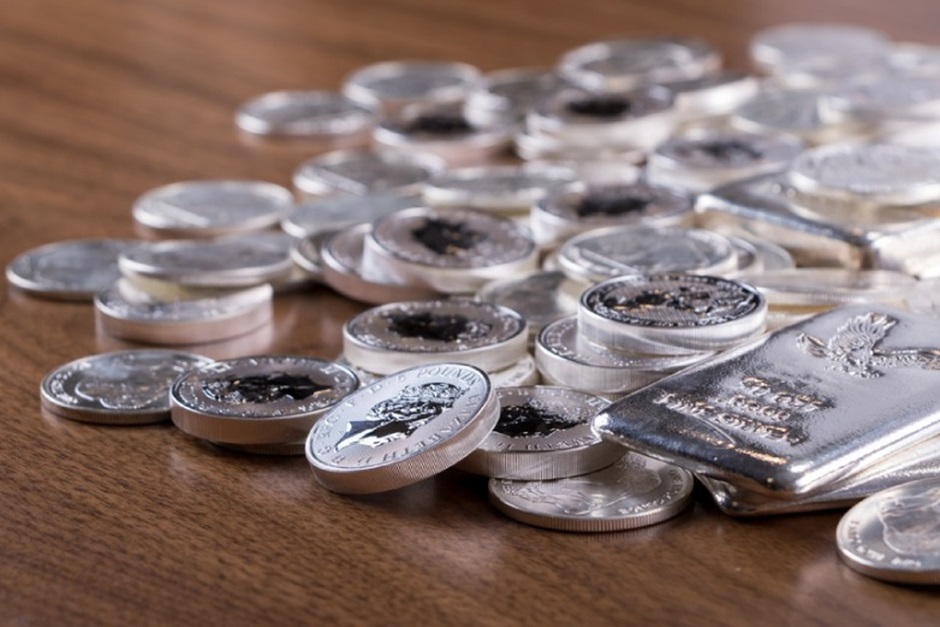Investing in silver has become an increasingly popular choice for those looking to diversify their portfolios and hedge against inflation. As a precious metal, silver offers a unique blend of utility and value, making it an attractive option for both new and seasoned investors. This guide aims to provide a thorough overview of the factors to consider when buying silver, as well as the various avenues available for investment.
Understanding the Value of Silver
Silver has been revered throughout history as a store of value and a form of currency. Its properties make it useful not only for investment purposes but also in various industrial applications, including electronics, solar panels, and medical devices. This intrinsic value contributes to its status as a hedge against economic downturns and inflation.
The price of silver can be influenced by a variety of factors, including market demand, economic indicators, and geopolitical events. Understanding these influences is crucial for anyone considering investing in silver. Monitoring the silver market and staying informed about economic trends can help investors make timely decisions.
Reasons to Buy Silver
There are several compelling reasons to buy silver as part of an investment strategy:
- Diversification: Silver can help diversify an investment portfolio, reducing risk and enhancing potential returns. Its performance often differs from that of stocks and bonds, making it a valuable addition.
- Inflation Hedge: Silver is often viewed as a safeguard against inflation. When the purchasing power of fiat currencies declines, the value of tangible assets like silver tends to rise.
- Affordability: Compared to gold, silver is relatively more affordable, allowing investors to accumulate larger quantities. This accessibility makes silver an attractive option for new investors.
- Industrial Demand: The increasing use of silver in technology and manufacturing means that its demand is likely to grow. This industrial aspect can contribute to long-term price appreciation.
Types of Silver Investments
When considering investing in silver, it is important to understand the different forms available:
1. Physical Silver
Buying physical silver involves purchasing items such as coins, bars, or rounds. Some popular options include:
- Silver Coins: Government-minted coins, such as the American Silver Eagle or Canadian Maple Leaf, are highly sought after due to their purity and recognizable branding.
- Silver Bars: Typically available in various weights, silver bars are often more cost-effective than coins for bulk purchases.
- Silver Rounds: Similar to coins but not government-issued, silver rounds are often produced by private mints and can be less expensive than official coins.
Investors should ensure that any physical silver purchased is stored securely, either in a safe at home or in a safety deposit box.
2. Silver ETFs and Mutual Funds
Exchange-Traded Funds (ETFs) and mutual funds provide a way to invest in silver without the need for physical storage. These funds typically track the price of silver or invest in silver mining companies. Some well-known silver ETFs include:
- iShares Silver Trust (SLV): A popular ETF that seeks to reflect the price performance of silver bullion.
- Sprott Physical Silver Trust (PSLV): A closed-end fund that holds physical silver and aims to provide exposure to the metal’s price movements.
Investing in silver ETFs can be a convenient option, as they offer liquidity and ease of trading through brokerage accounts.
3. Mining Stocks
Investing in silver mining companies is another way to gain exposure to silver prices. These stocks can offer leveraged exposure, meaning they may increase in value more than the price of silver itself. However, they also come with additional risks, including operational challenges and market volatility.
Investors should conduct thorough research on mining companies, examining their financial health, production costs, and management strategies before investing.
How to Buy Silver
When deciding to buy silver, consider the following steps:
- Research: Stay informed about the silver market and understand current trends and pricing.
- Choose a Reputable Dealer: Whether buying physical silver or ETFs, it is essential to select a reputable dealer or brokerage. Look for reviews, industry reputation, and transparency in pricing.
- Compare Prices: Different dealers may offer varying prices for the same silver products. Take the time to compare and ensure you are getting the best value.
- Consider Storage: If investing in physical silver, plan for secure storage. This could involve using a safe at home or renting a safety deposit box.
- Stay Informed: Regularly monitor the market and economic indicators that may affect silver prices. This will help you make informed decisions about when to buy or sell.
Conclusion
Investing in silver can be a rewarding venture for those looking to diversify their portfolios and protect their wealth. By understanding the various types of silver investments, the reasons to buy silver, and the steps involved in making a purchase, investors can make informed decisions that align with their financial goals. As with any investment, due diligence and ongoing research are essential to navigating the complexities of the silver market successfully.






More Stories
Gentle guidance that helps buyers move through each loan stage
Supported Living vs General Needs – Choosing the Right Social Housing Investment Model
Copy your trading strategies live with cloud technology